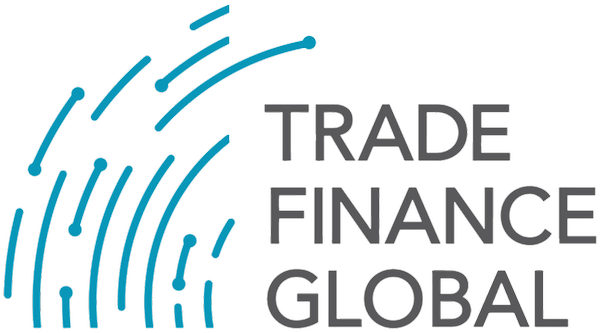Treasury Management

Access trade, receivables and supply chain finance
We assist companies to access trade and receivables finance through our relationships with 270+ banks, funds and alternative finance houses.
Get startedContent
Treasury Management | The 2024 Ultimate Guide
Treasury Management is a key component of business operations in any enterprise. In the current business landscape, the importance of treasury management really can’t be understated. As regulation and technology in the financial sector changes at an ever-increasing pace, and the business landscape becomes increasingly competitive, there is more pressure on corporates to efficiently manage cash.
Treasury management (sometimes referred to as Treasury Operations) is the overall management of a businesses financials and holdings. Each treasury management department’s main goal is to mitigate any risks that may arise from a financial viewpoint – liquidity management, operational finances and also reputation.
In a nutshell, treasury management is there to ensure that the business always has access to the cash required to operate, and uses surplus cash efficiently.
80% of treasurers at companies surveyed by SAP said that cash management and forecasting has taken on an even more important role in light of the complexity of modern business.
Hence, the importance of Treasury Management Software (TMS), also known as Treasury Management Systems.
Treasury Management – Frequently Asked Questions
Our trade finance partners
- Treasury Management Resources
- All Treasury Management Topics
- Podcasts
- Videos
- Conferences



















